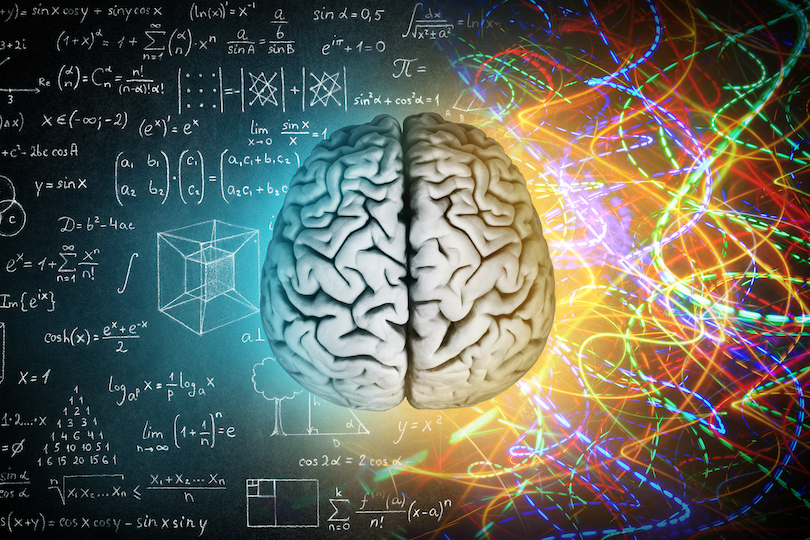It doesn’t take a bachelor in science course in Malaysia to know that a scientific method must be followed to carry out experiments and reach conclusions to a hypothesis. Maybe you do know, or maybe you only remember parts of it, or nothing at all.
Whether you are doing scientific research or experiments in a chemistry nature, the scientific method remains unchanged. You do not simply just make up a hypothesis, gather some materials, and then make conclusions on the spot without any data analysis. If necessary, you have to utilize other existing sources to support your hypothesis too.
Observe and question
The first and foremost step of a scientific method is to simply observe and question yourself about the phenomena. Why did it happen? What caused this to happen? It is all up to your own curiosity, and before you could move on, you can start by doing some research on the subject.
You may very likely be able to find answers online, and maybe some papers too if they are free for everybody to view in full. Now perhaps, instead, you cannot find any concrete answers and you decide to find out yourself, or maybe you want to try to disprove them because the conclusions don’t seem to add up.
Either way, this leads to the second stage: hypothesis.
Hypothesis
A hypothesis can be simplified as a theory that you come up with as a rational explanation of the phenomena. It is the basis of your experiment as its purpose is to prove your theory right or wrong, though it could also lead to another hypothesis if possible and may answer any other minor questions.
Procedure and materials
With the hypothesis and research questions in hand, now you can figure out how to carry out your experiment that aligns with your supposed theory. You could employ existing methods or even make up one yourself if it is needed to collect the data you need.
Depending on the materials that you need, if it involves something dangerous like chemicals, make sure that your lab and yourself have adequate protection so your experiment won’t be disrupted or delayed, and that you will remain safe.
Data collection and analysis

Through your experiment, data will be collected and recorded based on your observations, then they are analyzed for details that could hopefully connect with your hypothesis. Words alone are not enough, as you need to construct graphs, pies, or other diagrams for easier interpretation.
Drawing a conclusion
Finally, after spending time in analyzing your data, making connections and probably experimenting again to see if the results remain constant, you can finally draw a conclusion based on the analysis and observations. Whether your hypothesis ends up true or false, this conclusion is considered as an answer to your question.
If the conclusion makes no sense, it is either because you didn’t carry out the experiment properly or you deliberately alter your analysis with made up data, which is something that you should be smacked for because honesty and transparency are scientific values that you must follow all the time.

